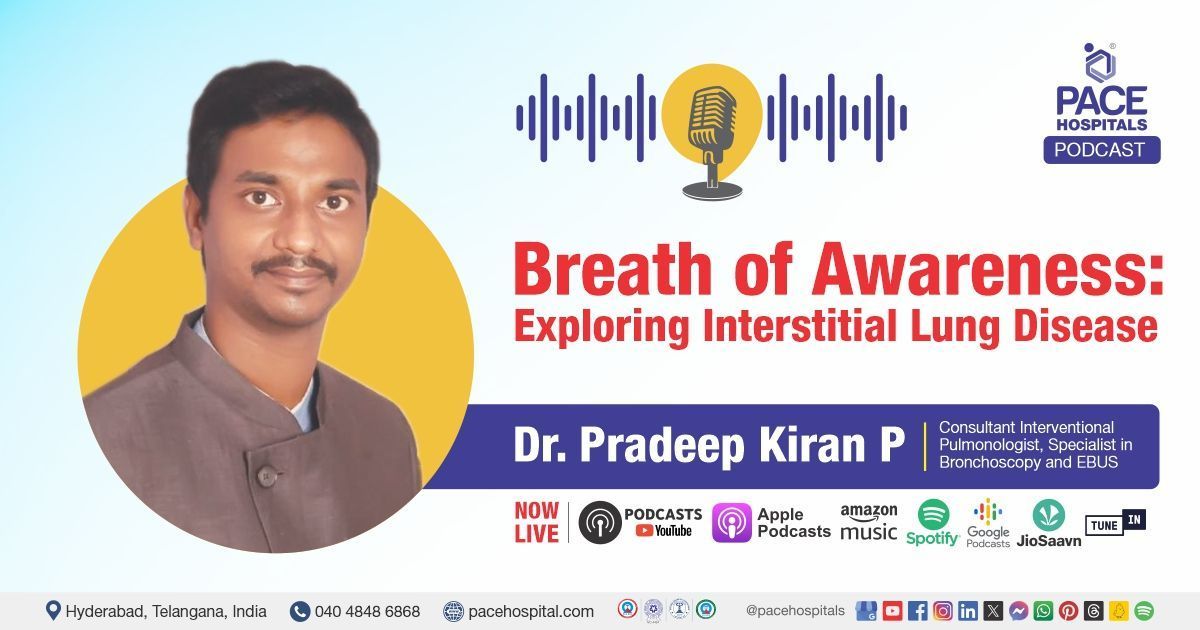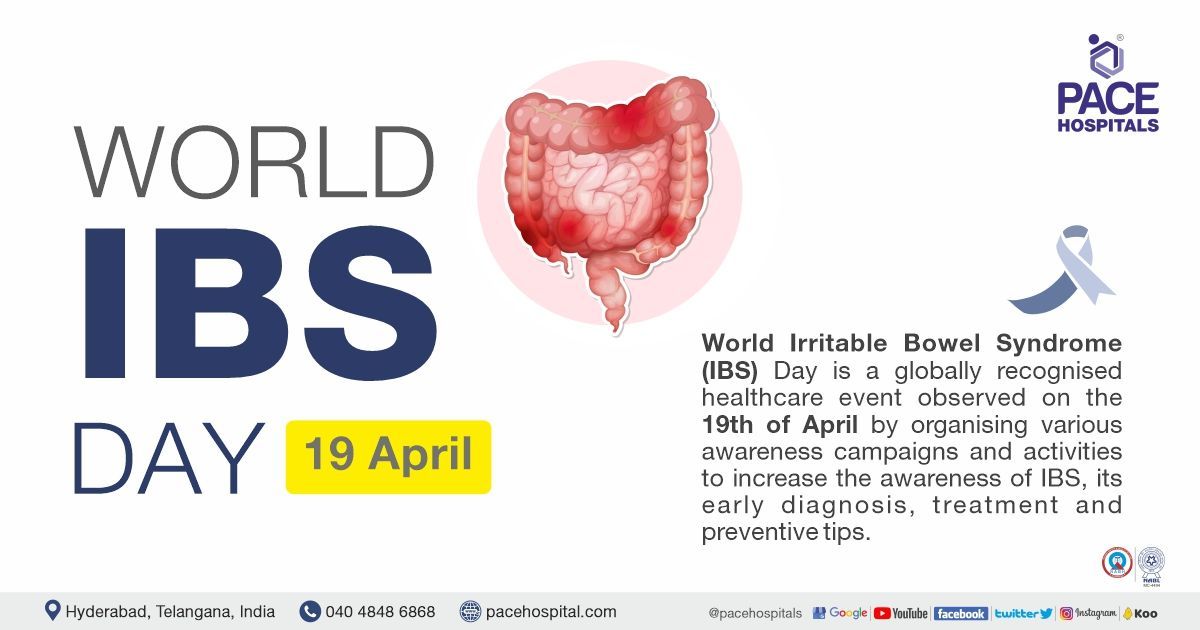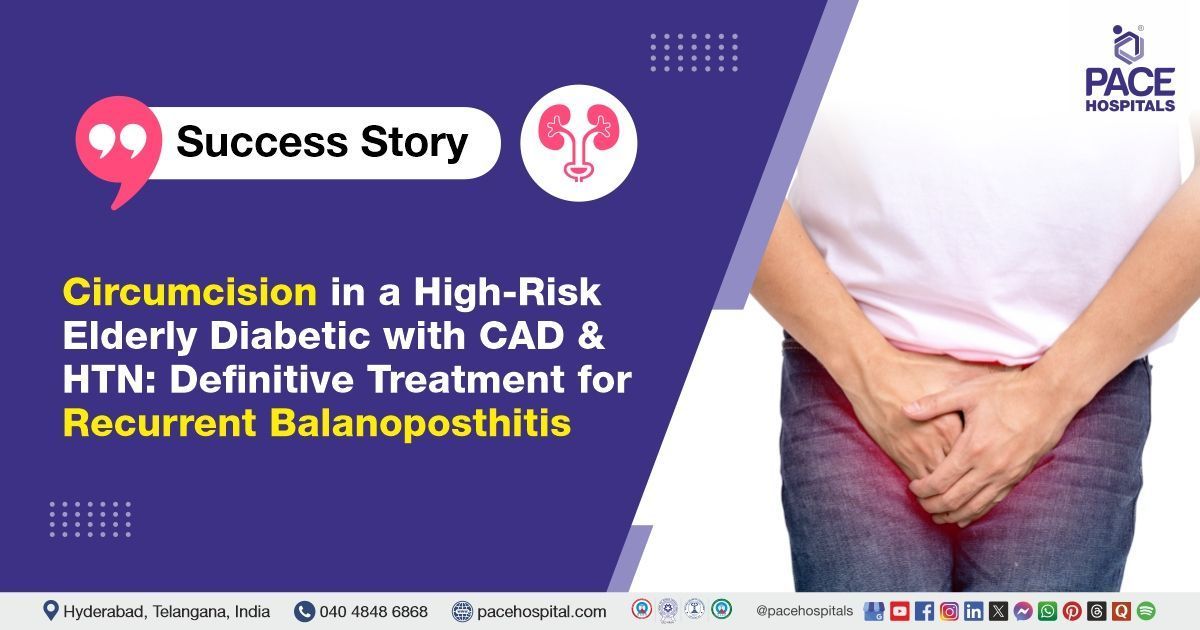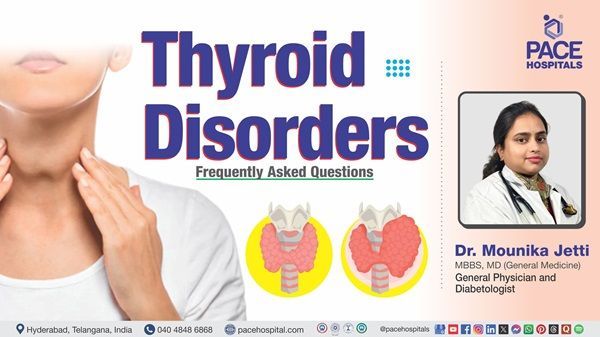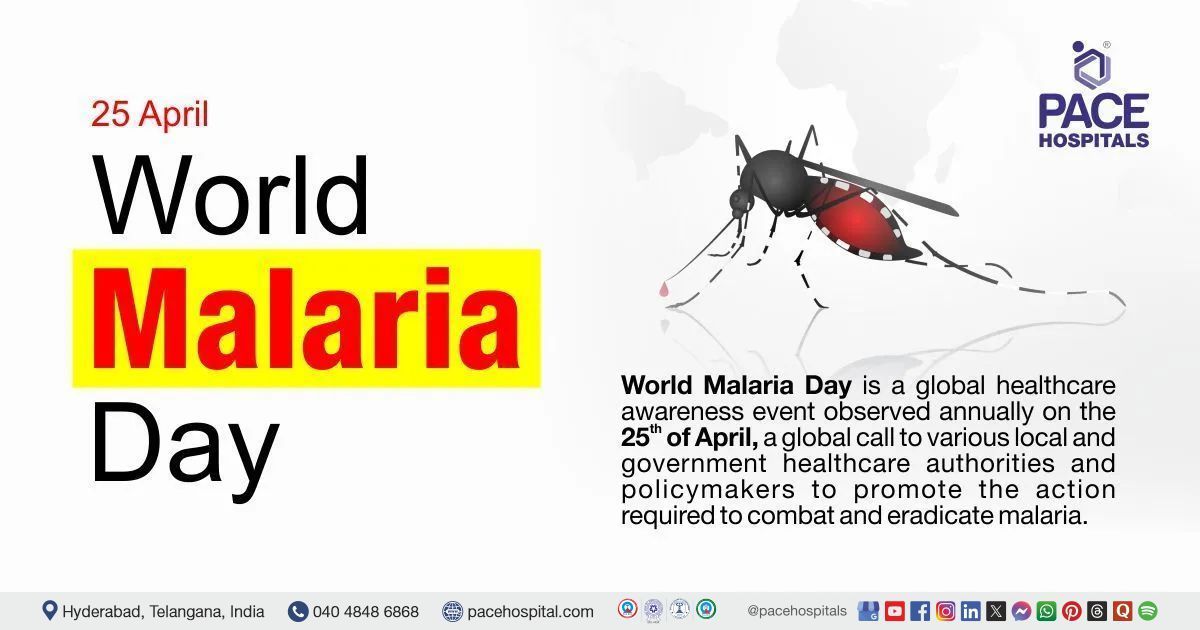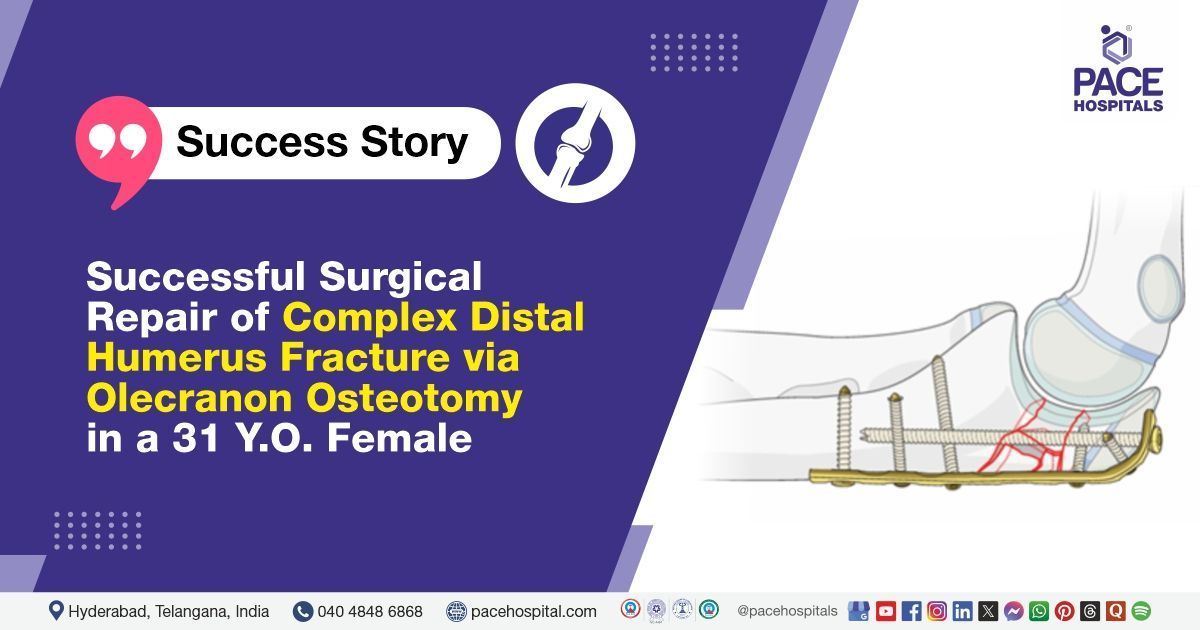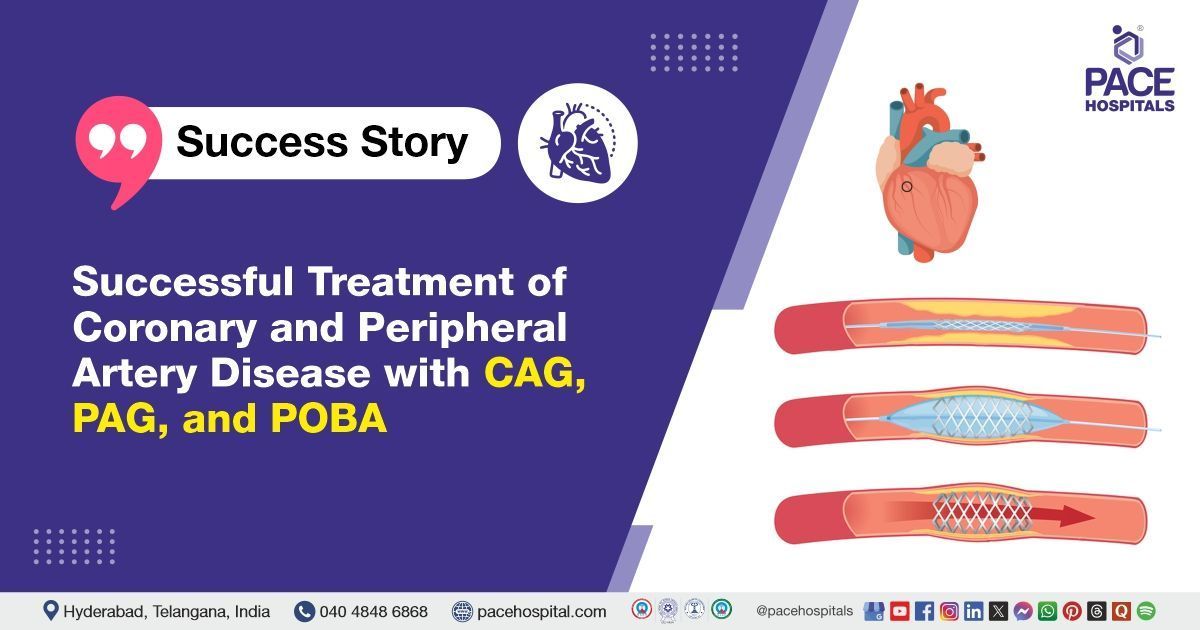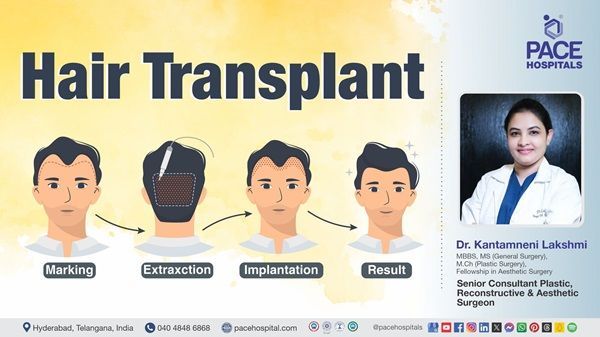Breath of Awareness: Exploring Interstitial Lung Disease (ILD)
Listen to
Interstitial Lung Disease (ILD) consists of various lung disorders that cause progressive scarring and inflammation of the lung tissue. This scarring of lung tissue can result in difficulty breathing and impair oxygen supply to the bloodstream, making it critical for daily activities. With over 200 different types of ILD, including idiopathic pulmonary fibrosis and sarcoidosis, understanding this condition can be distressing. In this episode of the Interstitial Lung Disease (ILD) podcast, we will explore this complex and most often misunderstood condition, which has symptoms similar to those of other lung disorders, such as breathlessness and chest tightness.
Join the PACE Hospitals Podcast with Dr. Pradeep Kiran Panchadi, Consultant Interventional Pulmonologist and specialist in Bronchoscopy and EBUS at PACE Hospitals, Hitech City, Hyderabad, India, to understand the latest insights and discuss the causes, complications, and advancements in the diagnosis and treatment of Interstitial Lung Disease.
Transcript
Host: Hello and welcome to Pace Hospitals podcast. Today, we are exploring a condition that is often misunderstood and affects thousands of people worldwide - interstitial lung disease or ILD.
Joining us today, Doctor Prateep Kiran, consultant interventional pulmonologist and specialist in bronchoscopy and EBUS. In today’s episode, he would like to explore what is interstitial lung disease, what exactly causes interstitial lung disease and how it is treated.
Host: Doctor Pradeep, thank you for joining us at PACE Hospital's hitech city. Let's understand exactly what is interstitial lung disease?
Doctor: Hello everyone, I am doctor Pradeep Karan Panchathi, consultant and professional pulmonologist in PACE hospitals, hitech city and madhapur. Now today we'll be discussing about some of the most important topic, which is mostly misdiagnosed because of its similar presentations to asthma and COPD, so the topic that we are going to describe today is interstitial lung diseases.
Otherwise, these are called ilds.
So how come this is being misled? Because most of the cases where ilds are present, patients will be having similar symptoms. Asthma like breathlessness, chest tightness, not able to walk for long distances and wheezing. All these are most diagnosed as asthma without proper diagnosis.
So, let's come to what is this ILD, or interstitial lung diseases, mean? It is an umbrella term used for pulmonary diffuse pulmonary fibrosis or the scarring of the lungs. This scarring leads to impaired mechanism of oxygen and carbon dioxide mismanagement, diffusion and exchange, so leading to deathlessness.
How does this work? Because our lungs are sponges. As you all know, lungs are very sponge like they'll be having air entry into that air and exchange of gases between the lungs and blood. So now when the sponge gets deformed or deranged, this mechanism of gaseous exchange between blood and air is compromised that's what leads to the breathlessness.
So, in my ELD's, because of this scarring, you will be having mismanagement or mismatch of diffusion of gases. So, I already told you the definition of ILD. So, a little bit about the history of ILD, because it's a long-term disease, where initially it was thought, as I told you earlier, that most of the cases it is misdiagnosed in the similar way in previous era, in during 1890s, the first van ball, one scientist, he coined the term chronic interstitial pneumonia. So, because they thought that whatever pneumonia at that time that was not resolving, they put it into a collective term saying that chronic interstitial pneumonia.
Later, various scientists came, and very advances came in between. One, two scientists named Haman and Rich. They presented this scenario and named this as Haman rich syndrome. So again, because Hamanrich syndrome, they coined the term, but they saw variations in presentations. So again, they differentiated this Hamanridge syndrome into acute Haman Ridge syndrome and chronic Haman Ridge syndrome.
As the days progressed and medical field has improved in its technology, then the other terms, most importantly, cirrhosis. As we know that cirrhosis is usually used in liver, it is the term also used for lung, that is called cirrhosis of the lung.
One term was coined, but as and when progressed, it came to be known that this disease is not a single disease, it is an entity, it's a group of diseases ultimately leading to the scarring of the lung. So ultimately, the term interstitial lung disease have been coined, because the reason for coining this term is it is in mostly involves the interstitium of the lung.
Interstitium means the tissue that is present between the ear and the blood vessels, the soft tissue this will be hardened. So that's why the term interstitial lung diseases have come now in the recent century, again, the terminology have been revised, and now it is being called as interstitial idiopathic pulmonary fibrosis.
Host: What exactly causes interstitial lung disease?
Doctor: So, there are multiple of reasons. As I told you that as the medical knowledge is improving, the investigations are improving, we came to know that there are about 160 causes of this disease, ILDs. So there's an american thoracic society, japanese respiratory society, european respiratory society, all these bodies, they came together and they formulated a guidelines to further diagnosis and classification of this ILD. So as per the classification, it included which have causes which do not have causes.
The diseases consisting of ilds which doesn't have any cause are called idiopathic diseases. Most important of them is idiopathic pulmonary fibrosis. This is the most severe form of ILD, and the other include dysplomato interstitial disease, lymphoma, lymphoproliferative, interstitial pneumonia. Other forms are there and what are the causes?
The most important causes that the scientists or medical professionals have come for, ilds or autoimmune diseases, out of which connective tissue disorders form the bulk of the causes. So rheumatoid, may it be, rheumatoid arthritis, may be sarcoidosis, which is one of the most important causes or any other causes which lead to this, which are leading to fibrosis or scarring can lead to interstitial lung disease.
The other thing, allergies are occupational exposures. The common terminology for causing in the work environment is called occupational lung diseases. This occupation can be farmer where it is called farmer's lung.
The most common cause being the hypersensitivity pneumonitis and in the same way Cole cold workers, pneumonia in the same where there will be pneumoconiasis that is leading to igl, silicosis, asbestosis, all these things where the workers or persons are exposed to work.
Exposure leading to this exposure will ultimately lead to hypersensitive reaction in the body and in the lung, leading to hypersensitive pneumonias. Ultimately leading landing in interstitial lung disease. Or the final terminology is IPF or Idiopathic pulmonary fibrosis.
Host: How do we classify interstitial lung disease?
Doctor: Microscopic structure of the lung basing on that, scientists again have divided into multiple Uipath. This is a term, histological term used when there is honeycombing or diffuse carrying of the lungs, mostly involving sub plural regions, the basal regions. There is another term called non unnec, nonspecific interstitial pneumonia where the scarring is very less, but it will be more looking like a ground glass opacity.
Other terms are coup bronchial or bronchialitis obliterates organizing pneumonia where the most common finding will be diffuse patch of opastis involving in both the lungs leading to desaturation, so all these are coming to classifications.
Host: So, doctor, how is ILD diagnosed? What are the various diagnostic methods?
Doctor: Because I told you in the first itself that the most misdiagnosed disease are diseases the reason being the symptoms. The usual clinical symptoms are the same for everyone. There will be breathlessness, there will be dry cough. There are sometimes when there is any secondary infection, you will get fevers and patient will be having symptoms of when the disease is very severe. These symptoms relating to other systems may also be the most common being heart, this ILds.
Ultimately, they will be leading to heart failures also right-side heart failure, leading to swelling of both the legs, swelling of face, hypertension, all these things will be there. So the symptoms are all the same. How will you diagnose suspicion or doubt, whenever a patient enters into our chamber, the most important thing is it starts from history.
When a patient tells history regarding occupational exposure or any rheumatoid arthritis or autoimmune disease-like symptoms or unnecessary sudden onset of dyspnea or sob, breathlessness. All these conditions, they'll be pointing this towards the suspicion, and this should be followed by our examination. Examination usually the medical examination, physical examination will be leading to generally it will be having clubbing, that is the swelling of the nail bed that may be there.
This is an important finding in the lung diseases followed by other important thing is clinical examination. Auscultation will be finding a characteristic course to find creptations these are called velcro crepitations. So that means the creptations also they'll be varying with position.
When the patient bends forward, the creptations will be decreasing in intensity. So and other investigations including saturation spo two, it may be low or maybe normal. It depends on the severity of lung involvement. Every ILD patient or every IPF patient may not necessarily have a low saturation.
It depends on the extent of lung involvement so coming to the diagnosis, as I told you earlier that it is a history physical examination followed by our lab investigations. The most important and the gold standard investigation at the present time for diagnosing ILD is HRCT, high resolution chest tomography this will be conclusive in about 95% of the cases.
So, in earlier days it is the biopsy. The surgical lung biopsy was a diagnostic measure, golden investigation of choice but now it's an invasive procedure. Now Hrcity is more than sufficient in whoever patient who are having doubt. They can be complemented by other blood investigations like ANA profile too low tainiotoimmune disorders or AnCA or other investigations like CBP knowing the extent of the disease.
Bronchoscopy which is the most common used investigation in pulmonary medicine can be used in other ways. Also. The bronchial level fluid that is has been taken from the lungs of the patient can be sent for various investigations like cd four by cd eight ratio in case of sarcoidosis is snowfl count in case of hypersensitive immunitis or a simple cell count may give the prognosis of a patient ILD patient neutrophilic ilds have a better prognosis when compared to a lymphocytic proliferative disease.
In a similar way the biopsy nowadays biopsy is being done by cryo. Lung biopsy is a bronchoscopic guided biopsy where cryoprobe will be there which can be passed into the so-called areas and the biopsy piece can be taken and the diagnosis can histologic diagnosis can be made. So these are all the diagnostic procedures.
Again, I am saying HRCT is first and foremost followed by if at all biopsy is needed. It is a cryolung biopsy that is preferred nowadays. Trans bronchial lung biopsy nowadays it's not being so increased because of higher chances of developing pneumothorax in these cases.
So next what can we do, Sputum investigations sputum investigations carry importance only in case of secondary infections because ILD patients with their immunocompromised income and compared to when concerning the lungs. So these cases of patients they will be developing tb and other opportunistic infections. So in those cases you can have sputum investigations. Otherwise sputum investigations have no major role in ilds.
Host: How is interstitial lung disease treated?
Doctor: Coming to the treatment as I told you earlier, it is a fibrous scarring lung is an organ in our body where there is no repair means we cannot reason that what is lost is lost, there is no repair. So we have to give the most common treatment is symptomatic treatment.
The treatment maybe will be involving as it is given in the asthma. The same thing is inhalers will be given to control the breathlessness and other drugs to support this symptomatic treatment and coming to specific treatment. Specific treatment is usually there is no specific treatment, if it is an autoimmune disease then we can give as per the autoimmunomodulators like azathioprine, cyclophosphamide, MMTF, MMF, microfenylate, mosquito all these things they can be given as a adjuvant therapy but this cannot be given hundred percent.
The newer albumen that we are having are anti fibrinolytic therapy that means these drugs will impede or slow the rate of scarring of the lung. The most common being pirphinidone, nintidine. These two drugs now because of the COVID pandemic they have become so famous, but these have been using in the ILD cases or IPF cases for a long time and these drugs will only slow the process, but they will not halt or stop the undergoing process and others like antioxidants n acetylcysteine and also nebulizations they can be given as and when necessary.
If both the lungs are damaged or one lung is extremely damaged it is out of repair and patient is symptomatic worsening and he if his heart is not involved like car pulmonary, where the pulmonary artery hypertension will be increased.
In these cases, they can be taken for lung transplantation. Obviously, lung transplantation is a procedure which involves a lot of financial backup and also expertise, and the patients have to that's why lung transplantation is more preferred in younger patients when compared to older patients.
Host: So, doctor, what are the complications of interstitial lung disease?
Doctor: So most common complication is respiratory failure. Because of inability to exchange oxygen and carbon dioxide. Patients will initially they will be having low oxygen, that is hypoxia, and as the disease progresses, that will be converted into hypercapnia carbon dioxide will also be retained in the lungs, leading to type two respiratory failure.
These patients may be requiring oxygen support at the home, long term oxygen therapy, and also CPAP or BIPAP support to maintain their lung function. Other complications as I told you, in the initial symptoms, heart will be involved where if heart is involved right, heart failure might be there, leading to heart failures and all the symptoms of heart failure.
Some patients, these patients are more prone for clotting of the blood in our vessels, like elevated because of increased viscosity in the blood. This may lead to heart attacks, brain strokes or lower limb deep venous thrombosis. All these things will be there.
So ultimately, a person with ILD, if he is diagnosed early, his outcome or life expectancy can be increased. Unnecessary delaying by misdiagnosing these things may lead to alternative stages where the life expectancy of the patient may not be more than five years in sometimes it is less than three months. So please open your eyes all the tweezers, every breathlessness is not asthma. It can be other things like ILD. I hope you understood the importance of this disease.
Host: Thank you doctor Pradeep for being with us for sharing crucial information on the topic of interstitial lung disease. If any of you have any further questions regarding interstitial lung disease, please don't hesitate to consult a pulmonologist. Remember, awareness and education are key in the fight against ILD.
We will be back soon with another episode on Pace Hospitals podcast. Until then, stay informed, stay empowered, and take care of yourself.
Share on
Request an appointment
Fill in the appointment form or call us instantly to book a confirmed appointment with our super specialist at 04048486868

